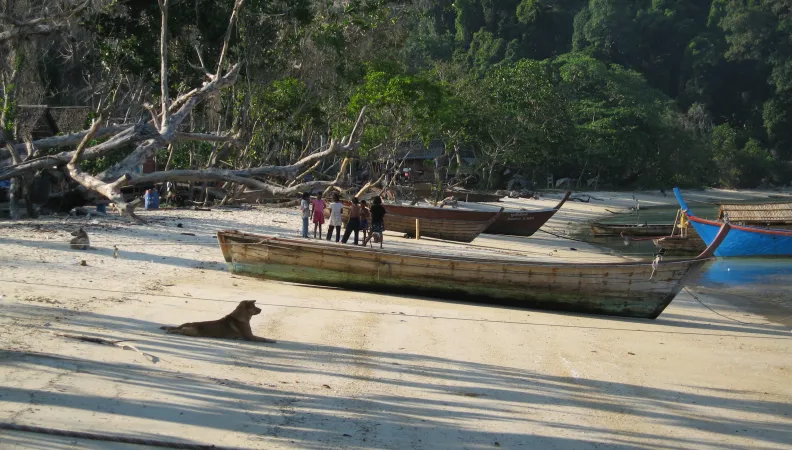Share the page
Linking green and grey infrastructures to strengthen coastal resilience to climate events
Project


-
Project start date
-
Status
Completed
-
Estimated date of project termination
-
-
Project financing date
-
-
Financing duration
-
4 years
-
Type of program
-
FFEM
-
Global financing amount
-
4564000 €
-
FFEM financing amount
-
1510000 €
-
Project lead member institution(s)
-
French Ministry for Ecological and Inclusive Transition (MTES), Ministry for Europe and Foreign Affairs
-
Location
-
Manila
-
Type of financing
-
Grant
-
Partners
-
CI Turing, CI-BWISER, CIGEF-MKBA, DENR/BMB, DENR/ERDB, DRR-CCA fund, IKI-BMUB, LGU, MoE Netherlands, PDRF, Taisei
-
Beneficiaries
-
Conservation International (CI)
-
Type of beneficiary
-
NGO, Foundation
In the Philippines, extreme climatic events are becoming increasingly frequent and intense. To reinforce the resilience of this small island State, the FFEM is supporting Conservation International in implementing an innovative climate change adaptation project based on the linking of “green” and “grey” infrastructures.
Context
Extreme climate events such as typhoons and strong storms are leaving populations exposed. In 2013, for example, the Haiyan typhoon affected almost 1.5 million families. Faced with increasing phenomena on this scale, local, provincial and government authorities are struggling to adapt.
Aware that traditional civil engineering works (e.g. embankments) engender significant costs and bring secondary effects such as coastal erosion, Conservation International, supported by the FFEM, is advocating a new approach using nature-based solutions. By linking traditional “grey” infrastructures with “green” infrastructures for conserving ecosystems such as mangroves, the project seeks to demonstrate the effectiveness of this innovative climate change adaptation approach. Deployed across several pilot sites in the Concepción municipality, the project enjoys strong support from local communities.
Description
The project has four components:
- Defining and implementing green-grey infrastructure demonstration projects on a number of coastal sites in the Concepción municipality.
- Putting in place a programme to develop alternative and sustainable means of subsistence for local communities, combining development and conservation while strengthening the project’s long-term viability.
- Supporting the development of institutional and political mechanisms to promote approaches based on ecosystems and green-grey infrastructures at local, regional and global levels. This is achieved through capability building, helping to draft management plans and policy implementation.
- Managing, coordinating, monitoring and assessing the project.
Impacts
- Reinforcing the resilience of local communities to climate events.
- Contributing to their socio-economic development through new sources of sustainable income.
- Conservation and restoration of the marine and coastal ecosystems of the Philippines identified globally as critical marine biodiversity.
- Deployment of one of the first projects combining “green” and “grey” approaches in a developing country.
Exemplary and innovative characteristic
This project is among the first in the world to test out the combination of “green” and “grey” infrastructures in a developing country. This nature-based solution is effective and affordable, and particularly appropriate within the context of the Philippines. It could be replicated in a number of other coastal regions on a global scale.
To ensure its proper implementation and long-term viability, the project relies on partnerships with local and national governments.
By supporting the emergence of new sources of sustainable income for coastal populations, Conservation International, the FFEM and the cofinancers also ally conservation with development.


